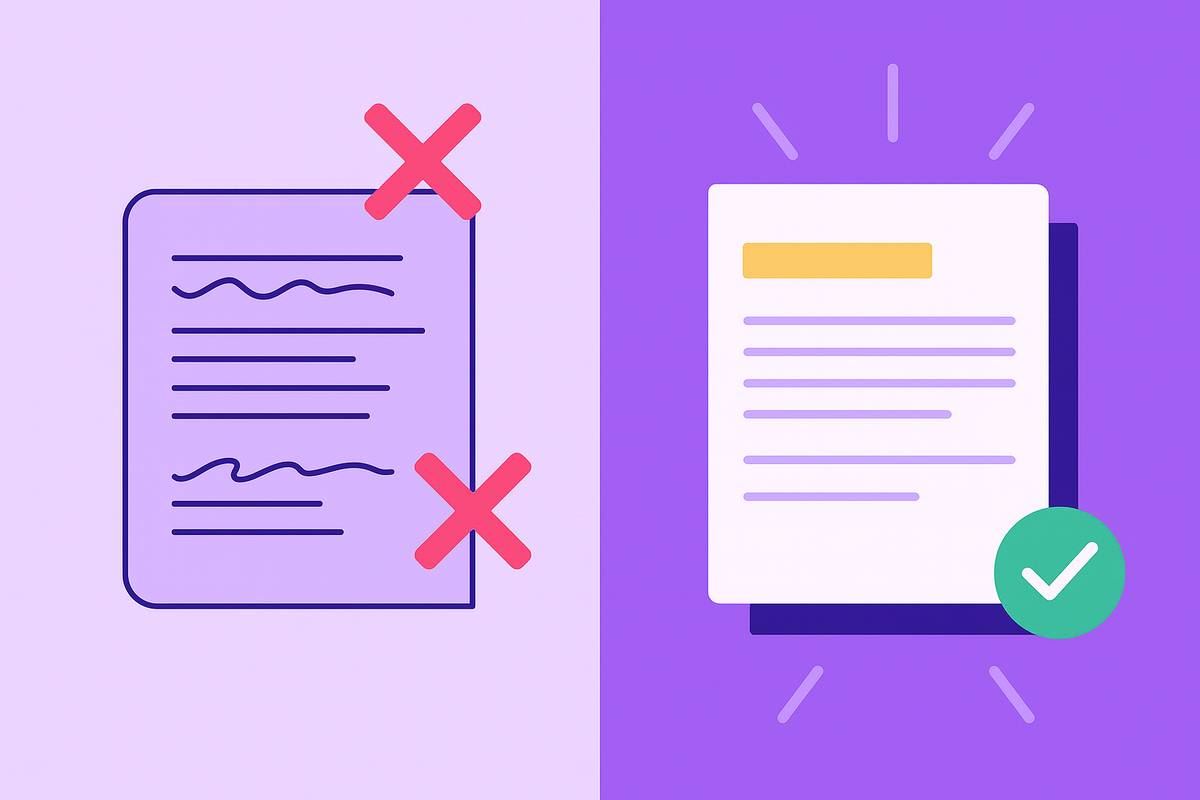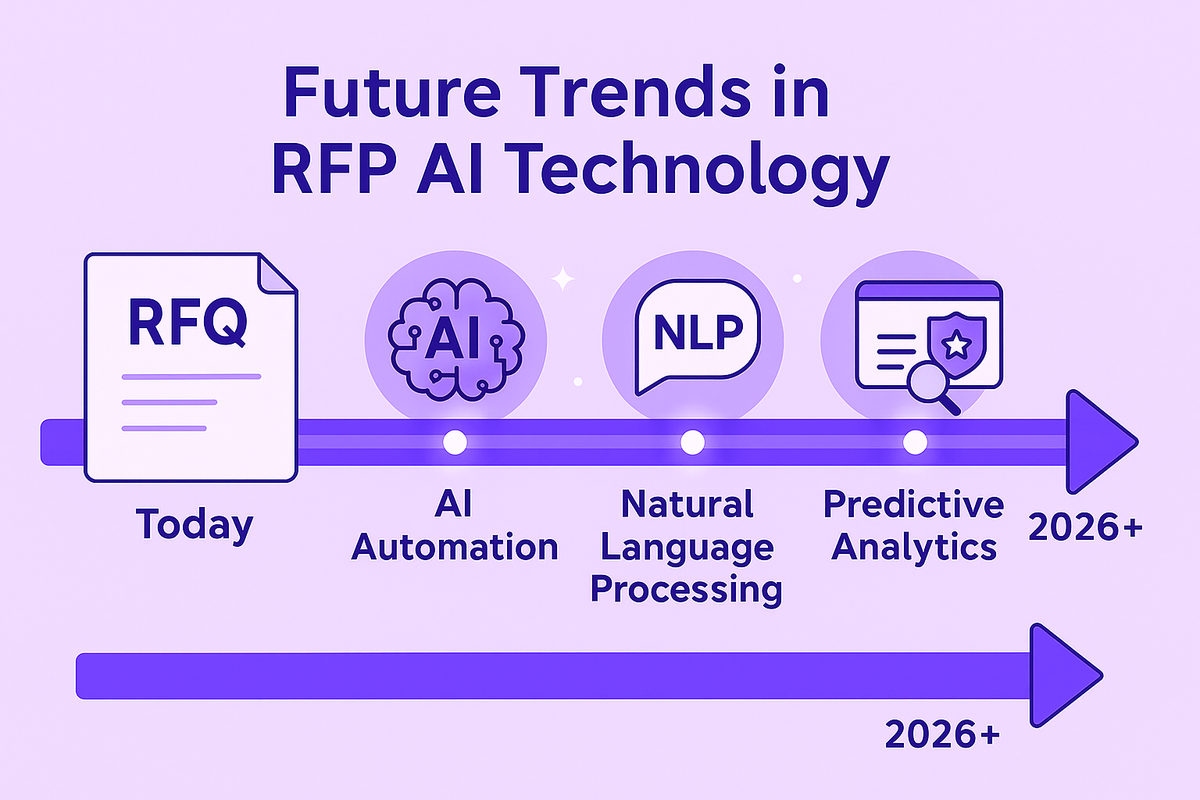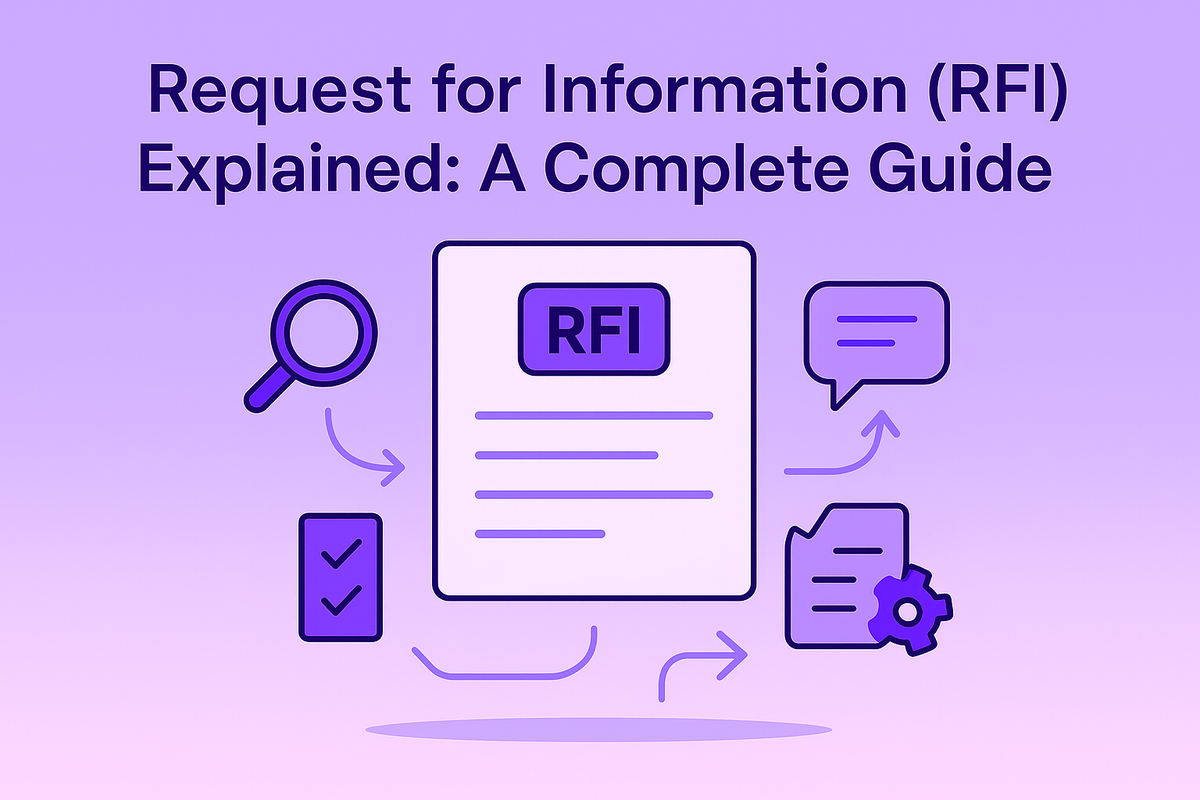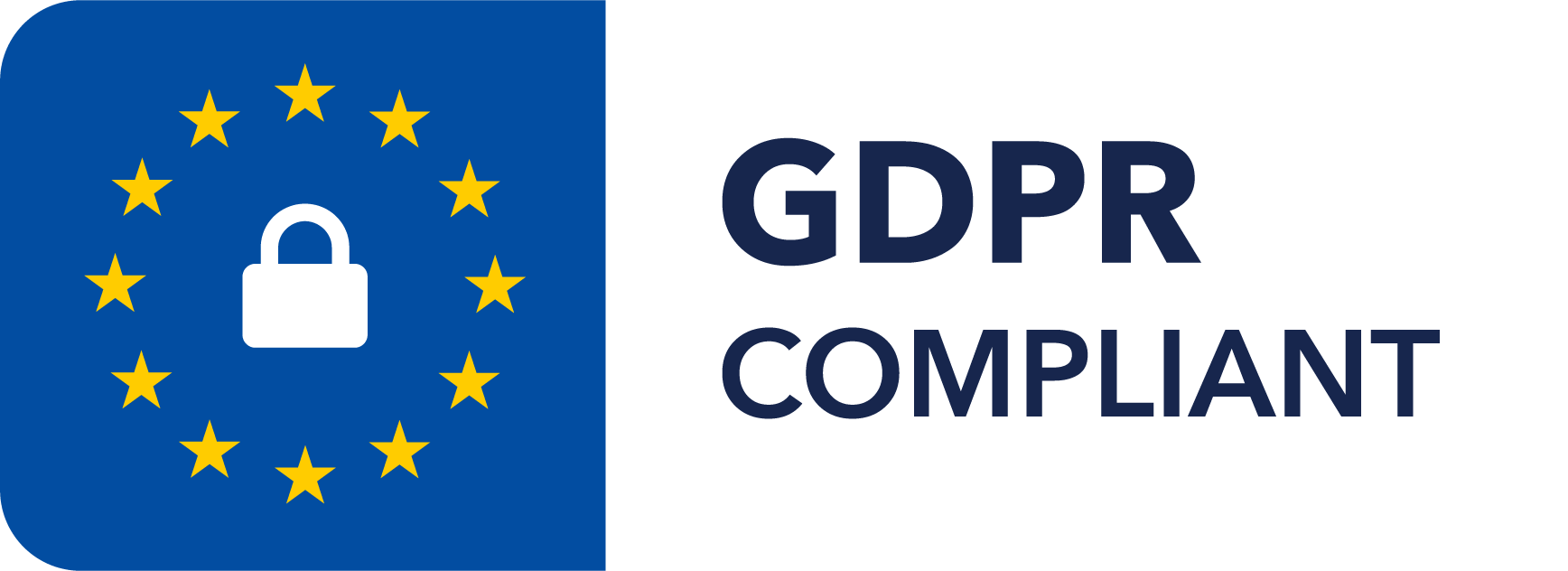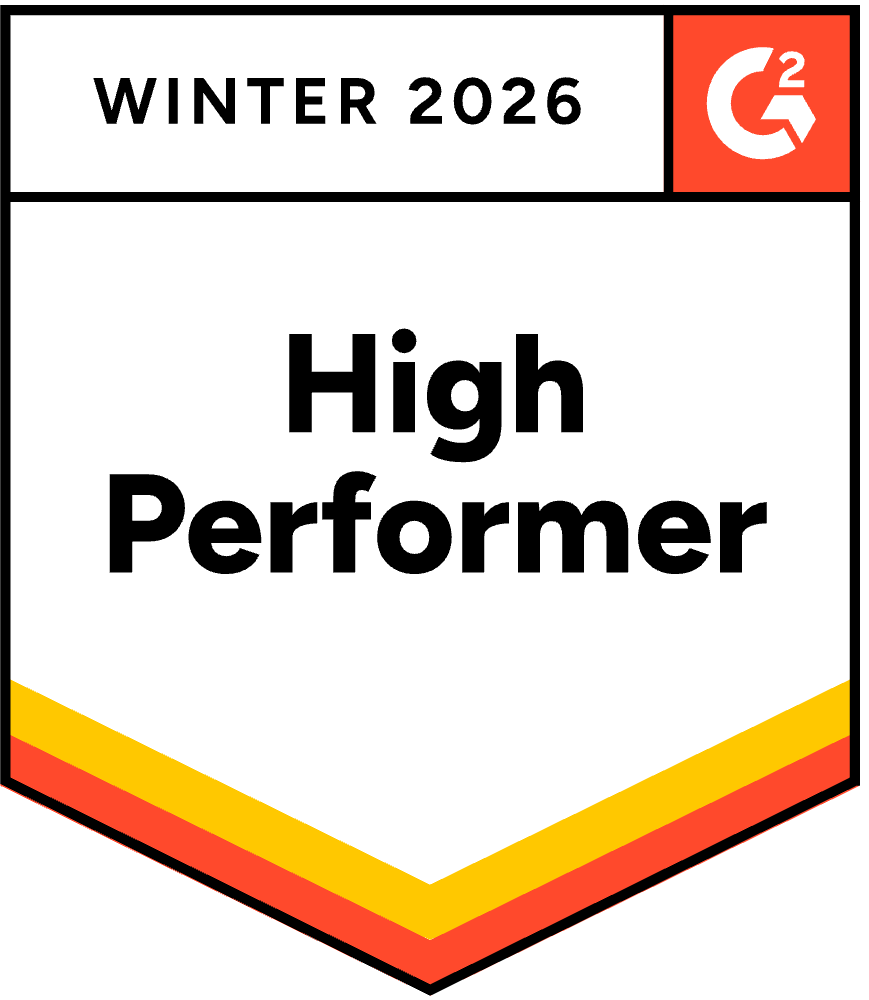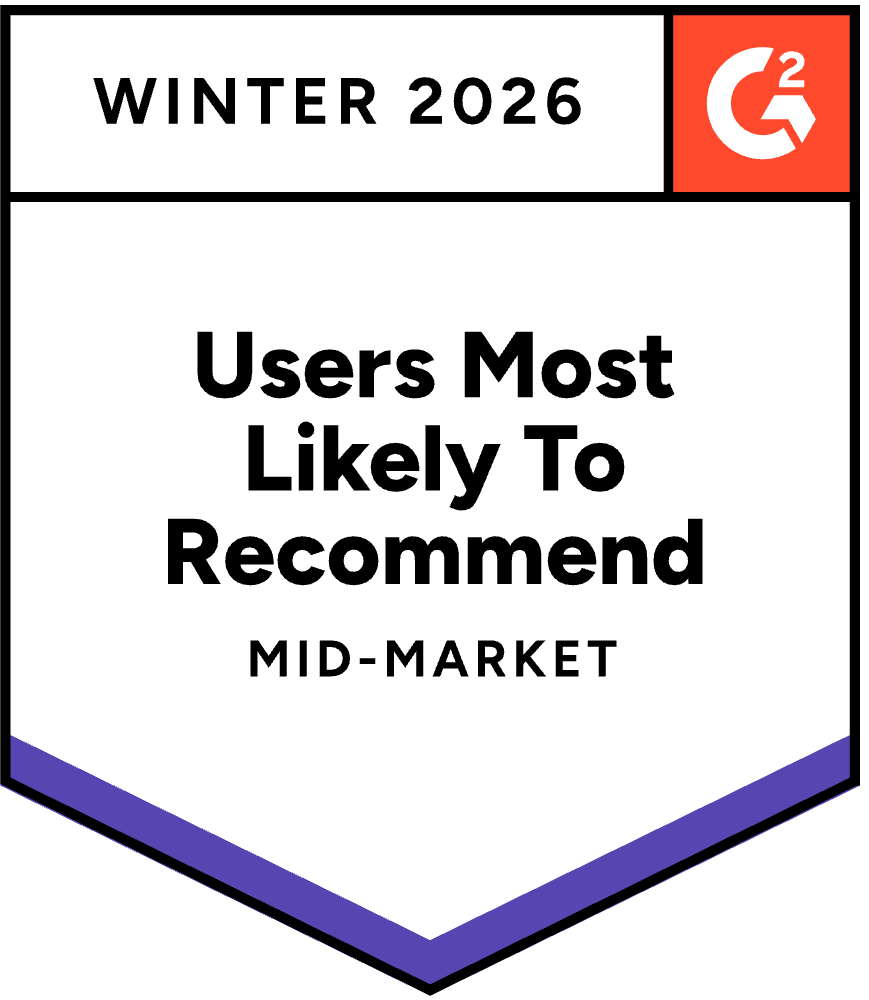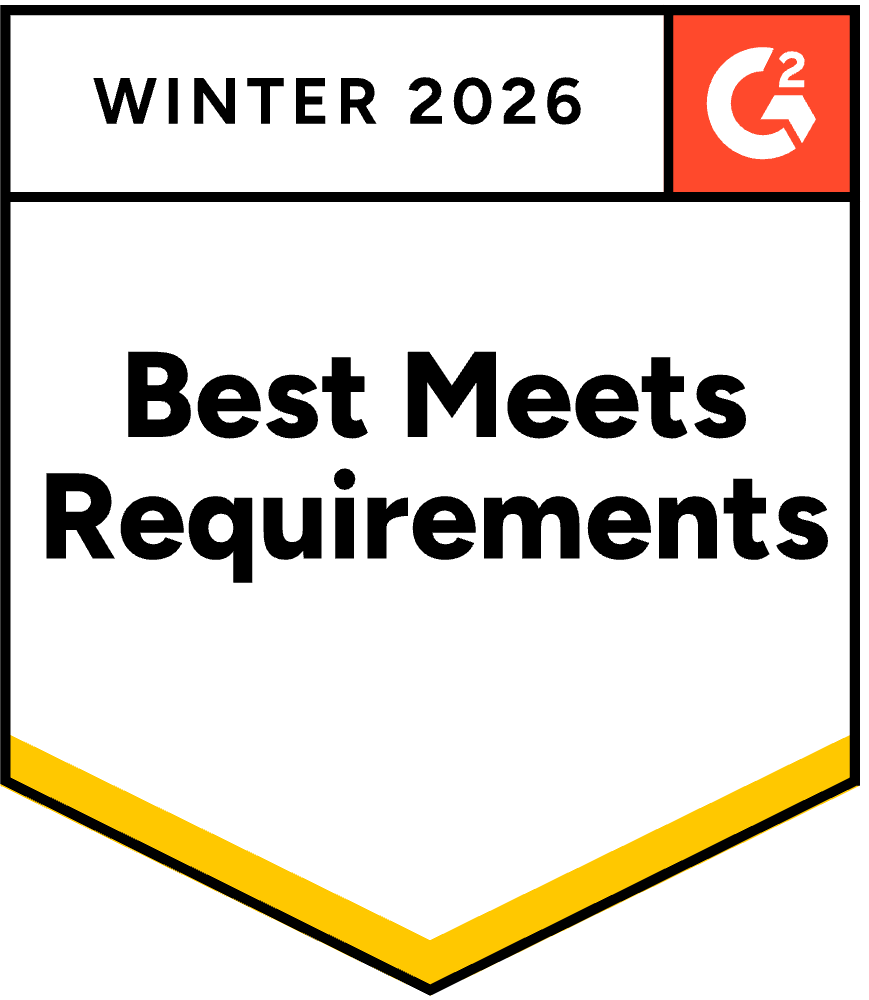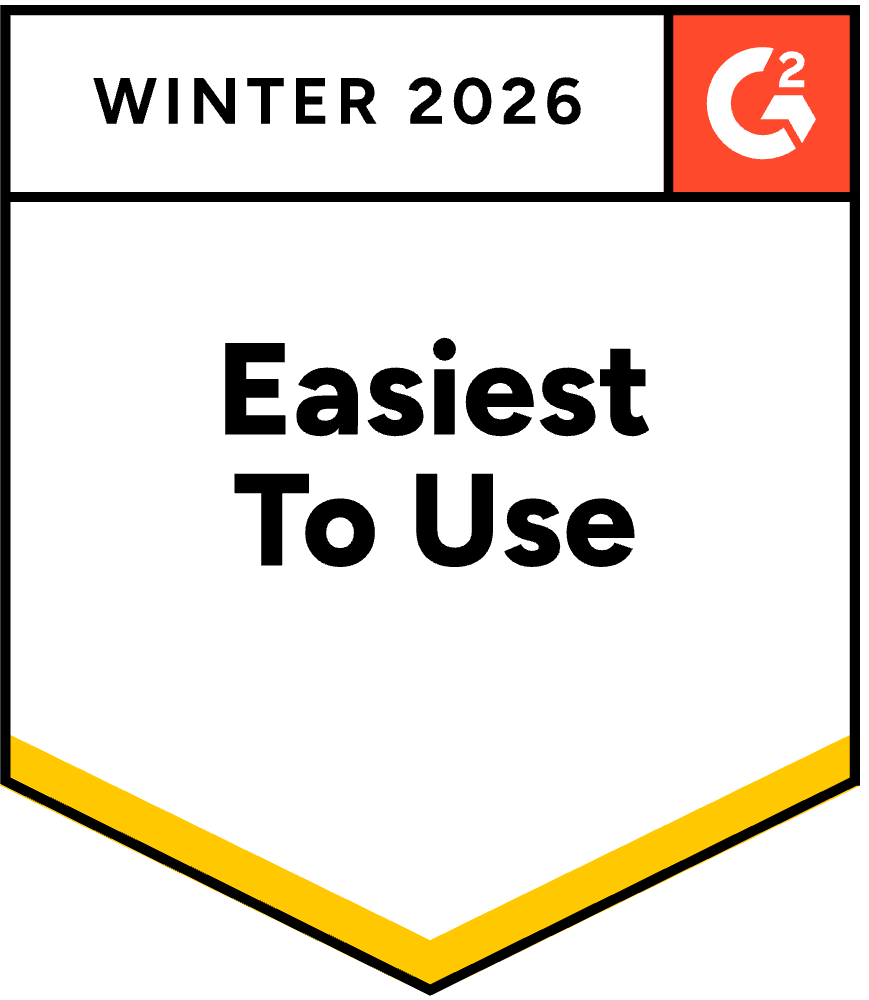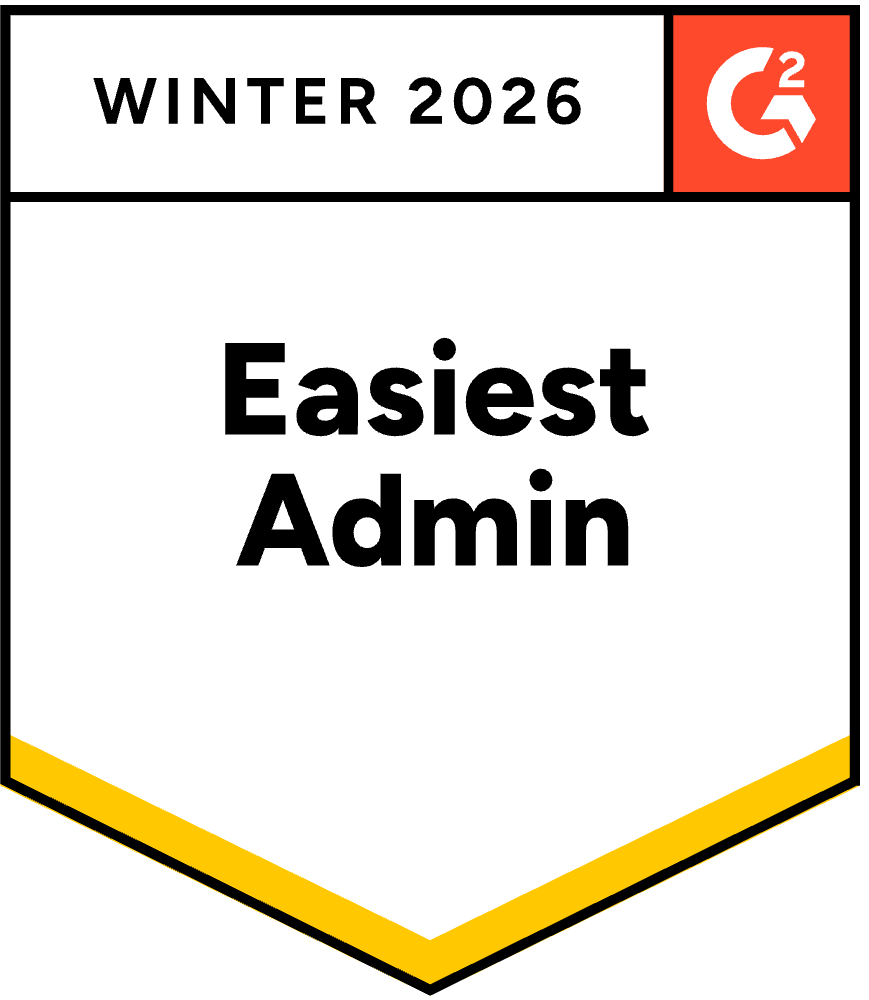AI RFP Process: A Practical Guide for Sales Teams
August 13, 2025
By
Evie Secilmis
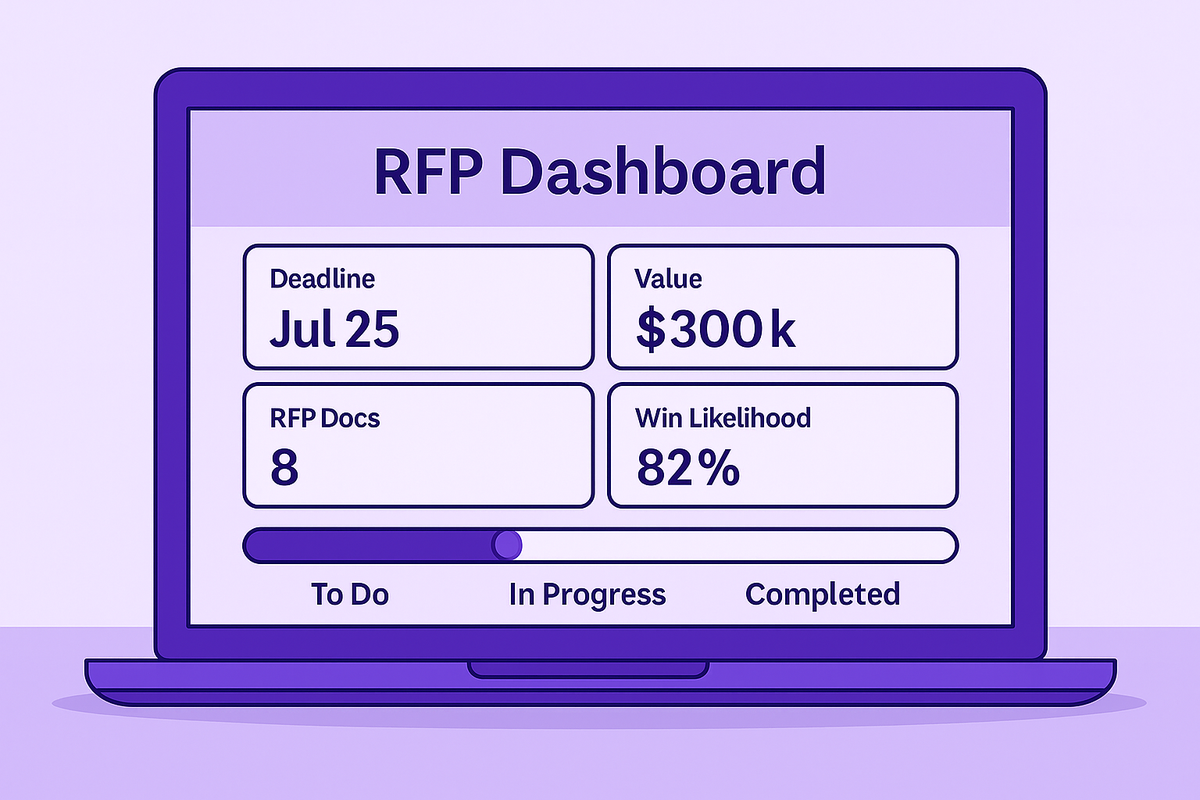
Implementing AI in Your RFP Process
The Request for Proposal (RFP) process can feel like a mountain of work. You're juggling detailed requirements, wading through countless vendor proposals, and racing against tight deadlines. It's a massive drain on your team's time and energy. But what if you could streamline it all? This is where an effective AI RFP process comes in. These smart procurement tools do more than just cut down on manual effort. They improve the accuracy and effectiveness of your entire workflow, leading to smarter decisions and better business outcomes.
Before we dive into the benefits of AI, let's first understand what the RFP process entails. An RFP is a formal document that businesses use to solicit proposals from potential vendors. It outlines the requirements and specifications of a project and invites vendors to submit their bids. The RFP document serves as a critical communication tool, ensuring that all potential vendors understand the project scope and expectations clearly.
Traditionally, the RFP process is labor-intensive, requiring significant time and effort to draft, distribute, and evaluate proposals. Teams often find themselves bogged down in details, reviewing lengthy documents, and managing numerous communications with vendors.
That’s where a modern AI-powered RFP automation platform like Iris comes in.
With the right AI proposal management system, sales teams can respond faster without sacrificing accuracy.
Companies using AI tools for faster RFP turnaround see measurable improvements in win rates.
Why Use AI in Your RFP Process?
Save Time and Get More Done
AI RFP software automates many of the manual tasks associated with the RFP process. From drafting the initial document to evaluating vendor responses, AI tools can significantly reduce the time and effort required. This increased efficiency allows your team to focus on more strategic tasks, such as negotiating terms and building stronger vendor relationships, ultimately leading to better decision-making. By reducing the time spent on repetitive tasks, organizations can also shorten their procurement cycles, leading to quicker project kick-offs and faster time-to-market.
Moreover, AI tools can handle multiple RFPs simultaneously, a feat that would be challenging for human teams to manage efficiently. This capability ensures that no opportunity is missed due to resource constraints, enabling organizations to pursue numerous projects in parallel. As a result, businesses can expand their operational capabilities without a proportional increase in workload.
Supporting Your Team's Efficiency
Beyond just saving time, using AI in your RFP process fundamentally changes how your team works for the better. Think about all the repetitive, manual tasks that eat up the day—hunting for the right information, formatting documents, and piecing together standard answers. An AI platform automates that grunt work. This frees your team from administrative headaches and allows them to concentrate on what truly matters: crafting a winning strategy, personalizing the proposal, and making critical decisions. When your most talented people can apply their expertise to high-impact activities instead of copy-pasting, their overall effectiveness skyrockets.
AI also acts as a central hub that improves teamwork and keeps everyone aligned. Instead of juggling endless email threads and multiple document versions, the team can work together in a single, streamlined environment. You can assign tasks to subject matter experts, editors, and reviewers in real-time, ensuring a smooth workflow from start to finish. This level of transparency means everyone knows their role and deadlines, which cuts down on confusion and bottlenecks. A well-integrated team is a fast team, and these collaborative features are key to getting high-quality proposals out the door without the last-minute scramble.
Finally, efficiency isn't just about speed; it's about making smarter choices. AI provides data-driven insights that help your team prioritize the right opportunities. By analyzing historical data and other factors, it can help predict the likelihood of winning a specific RFP. This allows you to focus your resources on the bids you're most likely to win, which is a game-changer for your sales pipeline. It's no surprise that organizations using these tools report a significant climb in their win rates because they're not just responding faster—they're responding smarter to the most promising opportunities.
Reduce Errors and Improve Accuracy
Human error is an inevitable part of any manual process, and the RFP process is no exception. Errors can occur at various stages, from misunderstanding project requirements to misjudging vendor capabilities. AI procurement tools, however, can analyze data with a level of accuracy that humans simply cannot match. AI algorithms can cross-reference vast amounts of data to ensure that every detail is accounted for, minimizing the risk of oversight.
This means fewer mistakes and a more reliable RFP process overall. By leveraging AI, companies can achieve a higher level of precision in evaluating vendor proposals, leading to better-informed decisions. The reduction in errors not only saves time but also builds trust with vendors, as they receive fair evaluations based on accurate data.
Streamlining the Review Cycle
The review cycle is often where momentum stalls. Multiple stakeholders need to weigh in, leading to endless email chains and version control headaches. AI transforms this bottleneck into an express lane. Instead of starting from scratch, your team gets a highly accurate first draft in a fraction of the time. AI tools can generate initial responses by pulling from your company's approved content library, ensuring consistency and accuracy right from the start. This means reviewers can focus their energy on strategic refinement and personalization rather than correcting basic information or chasing down subject matter experts for standard answers.
Beyond just speed, AI improves the quality of collaboration during the review process. It acts as a central knowledge base, making sure everyone is on the same page and working with the most up-to-date information. This eliminates the confusion that comes from different team members using outdated content. Furthermore, AI provides data-driven insights by analyzing past proposals and market trends, helping your team make smarter decisions about which opportunities to pursue and how to position your responses for the best chance of success. This data-backed approach turns the review cycle from a simple proofreading exercise into a strategic planning session.
Choose the Best Vendors, Every Time
Evaluating vendor proposals is one of the most time-consuming aspects of the RFP process. It requires careful consideration of various factors such as cost, quality, and delivery timelines. AI RFP software can analyze proposals quickly and objectively, ranking them based on predefined criteria. This ensures a fair evaluation and helps you select the best vendor for your project, minimizing bias and subjectivity.
AI tools can also incorporate historical performance data and predictive analytics to provide insights into potential vendor performance. This forward-looking approach allows organizations to not only assess current proposals but also anticipate future outcomes, leading to more strategic vendor selections. Additionally, the use of AI in evaluations can enhance transparency, as all stakeholders have access to the same objective data.
Cut Costs Without Cutting Corners
By automating the RFP process, AI tools can help reduce costs associated with labor and errors. The reduction in manual labor not only saves on personnel costs but also reduces the likelihood of costly mistakes that can arise from human oversight. Additionally, by selecting the most suitable vendor, your organization can avoid potential cost overruns and ensure a more successful project outcome. This careful selection process can lead to more competitive pricing and better contract terms, further driving down costs.
Moreover, AI's ability to provide detailed insights and analytics enables organizations to refine their procurement strategies over time, identifying areas for cost reduction and process improvement. By continuously learning and adapting, companies can achieve long-term financial benefits beyond the immediate savings realized through automation.
Understanding the Scope of AI in Business Proposals
When you think about using AI for sales documents, your mind probably goes straight to the Request for Proposal (RFP). It makes sense—tackling a dense RFP is a huge task, and AI offers a much-needed shortcut. But the true power of AI in the proposal process extends far beyond that single document type. Modern AI tools are designed to be a comprehensive part of your team's workflow, handling a wide array of documents with the same speed and precision. This isn't just about answering one RFP faster; it's about creating a scalable system for responding to every opportunity that comes your way. This allows your team to move faster, maintain consistency across all communications, and ultimately, win more deals.
It’s More Than Just RFPs
While using AI to automate RFP responses is a fantastic way to save time and work more efficiently, it's really just the beginning. Your team likely deals with a whole suite of documents that require accurate and timely answers. Think about Requests for Information (RFIs), Statements of Work (SOWs), Vendor Security Questionnaires (VSQs), and Due Diligence Questionnaires (DDQs). Each of these requires pulling specific information and crafting careful responses. A robust AI platform can manage all of them, acting as a central hub for your deal desk. Instead of treating each document as a separate, manual project, you can use a single system to generate high-quality drafts for any request that comes your way.
The Two Types of AI You'll Encounter
To get how AI works its magic on proposals, it helps to know the two main types you'll be working with: Discriminative AI and Generative AI. They sound technical, but their roles are pretty straightforward and they work together to streamline your process. Think of Discriminative AI as your expert researcher. It’s brilliant at sifting through mountains of information to find the most accurate and relevant facts. On the other hand, Generative AI is your creative partner. It takes that information and helps you build something new, like drafting the initial response to a complex question. Understanding both is key to appreciating how these tools can transform your workflow.
Discriminative AI
Discriminative AI is all about classification and identification. Its main job is to look at your existing data—like past proposals, internal knowledge bases, and product documentation—and pinpoint the exact piece of information you need. This is incredibly useful for ensuring accuracy and consistency in your responses. For example, when a questionnaire asks about a specific security protocol, this type of AI can scan your resources and pull the most current, approved answer. It helps you avoid using outdated information and ensures that every proposal aligns with your company's standards, making it a crucial component of effective AI in proposal writing.
Generative AI
This is the type of AI that’s been getting a lot of attention, and for good reason. Generative AI creates new content based on the information it's given. In the context of proposals, it can produce a complete first draft of a response in seconds. Instead of starting with a blank page, your team gets a solid foundation to build upon. This dramatically cuts down the time it takes to respond, freeing up your experts to focus on refining, personalizing, and adding strategic value to the proposal. At HeyIris.ai, we see this as a way to empower teams, not replace them, by handling the heavy lifting of initial content creation.
What to Look for in AI RFP Software
When considering AI RFP software, look for tools that offer the following features:
Let the Software Do the Writing
AI tools can automatically draft RFP documents based on your requirements and distribute them to potential vendors, saving you significant time and effort. This feature ensures that all potential vendors receive the RFP simultaneously, maintaining fairness and transparency in the process. Furthermore, automated distribution can be customized to target specific vendor groups, enhancing the precision of vendor outreach.
By using AI to handle these initial stages, organizations can ensure consistency in their RFP documents, reducing variability and enhancing clarity. Automated systems can also track the distribution and receipt of RFPs, providing valuable data on vendor engagement and response rates.
Understand Responses with Natural Language Processing (NLP)
NLP enables AI software to understand and interpret human language, allowing it to process vendor proposals more effectively. This technology can identify key insights and trends, helping you make informed decisions. NLP can analyze text for sentiment, relevance, and compliance with RFP requirements, providing a deeper understanding of vendor responses.
In addition, NLP allows AI systems to handle diverse document formats and languages, broadening the scope of potential vendors. This linguistic capability ensures that no valuable proposal is overlooked due to language barriers, enabling a truly global procurement approach.
Turn Data into Decisive Action
AI-driven analytics provide valuable insights into the RFP process, highlighting areas for improvement and helping you optimize future RFPs. These analytics can track performance metrics such as proposal quality, vendor responsiveness, and contract outcomes, offering a comprehensive view of the procurement landscape. By identifying patterns and trends, organizations can refine their RFP strategies to enhance effectiveness and efficiency.
Advanced analytics also enable scenario modeling and forecasting, allowing procurement teams to anticipate changes in market conditions and adjust their strategies accordingly. This proactive approach ensures that organizations remain agile and responsive in a dynamic business environment.
Predictive Analytics for Win Rates
Instead of relying on gut feelings, what if you could accurately forecast your chances of winning an RFP before you even start writing? That's the power of predictive analytics. The best AI tools analyze your historical data—past wins and losses, client profiles, project scope, and even market conditions—to score new opportunities. This isn't just a neat feature; it's a massive strategic advantage. As industry research points out, AI can estimate an RFP's success probability based on past performance. This data-driven insight empowers your team to make smarter go/no-go decisions, focusing precious time and resources on the bids you're most likely to win and improving your overall win rate.
Automated Risk and Compliance Checks
Navigating the complex web of legal requirements and industry regulations within an RFP can be a minefield. One small mistake can get your entire proposal disqualified before it's even read. AI software acts as your first line of defense, automatically scanning your responses to check for possible risks and ensure compliance. It flags non-compliant language, verifies you've met all security and legal stipulations, and checks for consistency against industry standards. This automated review process is a game-changer, catching critical issues a human eye might miss. It provides peace of mind that your proposals are not only compelling but also fully compliant, safeguarding your business from unnecessary risk.
Connect Seamlessly with Your Current Tools
Look for AI RFP software that integrates seamlessly with your existing procurement and project management systems. This ensures a smooth transition and allows for more efficient collaboration between teams. Seamless integration enables data flow across platforms, providing a unified view of procurement activities and eliminating information silos.
Such integration also supports enhanced reporting and analytics, as data from various systems can be aggregated and analyzed holistically. This comprehensive data approach empowers decision-makers with a full picture of the procurement landscape, facilitating more informed strategic planning.
Creating a Central Knowledge Hub
One of the biggest time sinks in the RFP process is hunting down information. Your best answers might be scattered across old proposals, buried in email threads, or living in a dozen different documents. A top-tier AI platform solves this by creating a single source of truth. Imagine having all your essential company information—past RFPs, security questionnaires, approved product descriptions, and even marketing content—stored and organized in one accessible place. This isn't just about storage; it's about creating an intelligent library that the AI can draw from to build new responses. This ensures every proposal is built on a foundation of accurate, consistent, and pre-approved information, freeing your team from the endless search for the right answer.
Proactive Content Management
A knowledge hub is only as good as the information inside it. Stale or outdated content can kill a deal just as quickly as a slow response time. This is where proactive content management becomes a game-changer. The right AI software doesn't just store your information; it actively helps you maintain it. By analyzing past proposals and identifying which content is used most frequently, it can suggest what needs updating. Some advanced systems, like Iris, can even flag information that has become outdated across your connected systems, ensuring your responses are always fresh and accurate. This turns your content library from a passive repository into a dynamic asset that continuously improves, keeping your proposals sharp and relevant with minimal manual effort.
Personalization and Global Capabilities
A generic, one-size-fits-all proposal rarely wins. Clients want to see that you understand their specific needs and challenges. AI tools excel at personalizing responses at scale, tailoring each proposal to the client's unique requirements without starting from scratch. This capability makes your bids more compelling and significantly increases your chances of winning. Furthermore, if you operate in a global market, look for software with multilingual capabilities. The ability to personalize responses into different languages and adjust for regional nuances can be a massive advantage. It allows you to compete for business anywhere in the world while maintaining a consistent and high-quality message, ensuring you can connect with any potential client, no matter where they are.
Robust Security and Data Privacy
When you use an AI tool for RFPs, you're trusting it with some of your company's most sensitive information, including pricing, strategy, and proprietary data. Because of this, security can't be an afterthought. It's crucial to choose a platform that prioritizes robust data privacy. Look for providers who are transparent about their security protocols and explicitly state that your company's data will not be used to train their AI models. This ensures your confidential information remains just that—confidential. A secure platform gives you the confidence to leverage the full power of AI without putting your intellectual property at risk, making it a foundational requirement for any serious contender.
Potential Risks of Using AI (And How to Mitigate Them)
Adopting any new technology comes with a learning curve, and AI is no different. While it offers incredible advantages for streamlining the RFP process, it's a powerful tool that needs to be handled with care. Simply turning everything over to an algorithm without oversight can lead to mistakes that undermine your hard work. Understanding the potential pitfalls isn't about being scared of the technology; it's about using it smartly. By being aware of the risks related to accuracy, bias, and over-reliance, you can put simple safeguards in place. This ensures you’re using AI as an effective co-pilot that supports your team's expertise, rather than a faulty autopilot left to its own devices.
Maintaining Information Accuracy
While AI is fantastic at processing information, it can sometimes make mistakes or "hallucinate"—a term for when an AI generates incorrect or nonsensical information. Relying solely on an AI-generated draft without review can lead to embarrassing and costly errors in your final proposal. The best way to mitigate this is to implement a human review process. Use the AI to create the first draft quickly, but always have a subject matter expert review and refine the content. A well-designed AI proposal tool minimizes this risk by drawing from your own curated knowledge hub, but a final check by a human ensures every detail is correct and contextually appropriate before it goes to the client.
Guarding Against Plagiarism and Bias
AI models learn from vast amounts of data from the internet, which can sometimes include biased language or copyrighted material. If not properly managed, an AI tool could generate responses that reflect societal biases or sound too similar to existing content. To avoid this, it's important to have a human in the loop to review for tone, originality, and inclusivity. Choose AI software from vendors who are transparent about how their models are trained and who prioritize fairness. Your team's final review is the ultimate safeguard, ensuring the proposal reflects your company's values and maintains a unique voice that stands out for all the right reasons.
Avoiding Over-reliance and Preserving Human Insight
Perhaps the biggest risk is forgetting that proposals are fundamentally about human connection. AI should be a tool to augment your team's skills, not replace them entirely. Over-relying on automation can strip the personality and strategic insight from your proposals, making them feel generic and disconnected. The goal is to automate the repetitive tasks—like finding answers and formatting documents—so your team can focus on what they do best: understanding the client's needs, building relationships, and crafting a winning strategy. Remember, the AI can assemble the facts, but your team provides the wisdom and the human touch that ultimately closes the deal.
How to Get Started with an AI RFP Process
Now that we've explored the benefits and features of AI RFP software, let's discuss how to implement these tools in your RFP process.
First, Take a Look at Your Current Process
Begin by evaluating your current RFP process to identify areas where AI can add value. This assessment should involve a detailed review of existing workflows, identifying bottlenecks and inefficiencies that can be addressed with AI. Engaging with stakeholders across departments can provide valuable insights into pain points and improvement opportunities.
This will help you determine which AI tools are most suitable for your needs. Consider conducting a gap analysis to understand the disparities between current capabilities and desired outcomes, guiding your AI tool selection process.
Find the Perfect AI Tool for Your Team
Research various AI RFP software solutions and select the one that best meets your requirements. Look for software that aligns with your organization's goals and offers the features most relevant to your needs. Consider factors such as ease of use, features, and integration capabilities when making your decision.
It's also important to evaluate the vendor's reputation, customer support, and future roadmap to ensure long-term alignment with your organization's objectives. Pilot testing with a small RFP project can provide valuable insights into the software's effectiveness and suitability for your needs.
Set Your Team Up for Success
Proper training is crucial to ensure your team can effectively use AI RFP software. Provide comprehensive training sessions to help your team become familiar with the new tools and processes. Training should be tailored to different user roles, ensuring that all team members understand how to leverage AI tools in their specific responsibilities.
Encourage a culture of continuous learning and improvement by offering ongoing training opportunities and resources. By fostering a supportive learning environment, you can maximize the adoption and effectiveness of AI tools within your organization.
Defining the Human Role: AI as a Co-pilot
Let's clear the air on a common concern: AI isn't here to take your job. Instead, think of it as your co-pilot. The goal is to support you, not replace you, because proposals are ultimately about human connection and expertise. AI excels at handling the repetitive, time-consuming tasks that can bog down your team, like sifting through past RFPs for relevant information or formatting documents. This frees you up to focus on what truly matters: understanding the client's needs, crafting a compelling strategy, and adding that personal touch that machines can't replicate. It’s about letting technology manage the grunt work so you can concentrate on high-level decision-making.
While AI can generate a first draft with incredible speed, human oversight is non-negotiable. A great way to think of AI is as an "eager intern"—it's fast and helpful, but it needs your expert review to ensure everything is accurate, on-brand, and strategically sound. An AI deal desk solution uses your company's own information to produce highly relevant answers, but your team provides the final polish and validation. This collaborative approach combines the best of both worlds: AI’s ability to quickly analyze data and generate content with your team's critical thinking and industry knowledge, leading to stronger, more persuasive proposals.
Measure Your Results and Make Improvements
Once you've implemented AI in your RFP process, continuously monitor its performance and make adjustments as needed. Regular reviews of process efficiency, accuracy, and outcomes will help you identify areas for improvement. This will help you maximize the benefits of AI and ensure a successful RFP process.
Collect feedback from users and stakeholders to gain insights into the tool's impact and any challenges encountered. Use this feedback to refine processes and optimize the AI solution, driving continuous improvement and enhanced results over time.
AI in Action: Real-World RFP Success Stories
Several organizations have successfully implemented AI in their RFP processes, leading to significant improvements in efficiency and accuracy. These real-world examples demonstrate the transformative potential of AI in streamlining procurement activities and enhancing decision-making.
For example, a large multinational corporation used AI RFP software to streamline its vendor evaluation process. By automating the analysis of vendor proposals, the company was able to reduce the time spent on evaluations by 50% and improve the accuracy of its vendor selections. This automation allowed the procurement team to focus on strategic negotiations, enhancing vendor relationships and securing better contract terms.
Another organization, a mid-sized tech company, implemented AI-driven analytics to optimize its RFP process. By identifying trends and insights from past RFPs, the company was able to refine its requirements and improve the quality of vendor proposals, ultimately leading to more successful project outcomes. This data-driven approach enabled the organization to anticipate vendor capabilities and align project goals more effectively, enhancing overall project success.
Is an AI RFP Process Right for You?
Implementing AI in your RFP process can revolutionize the way your organization manages its procurement activities. By automating manual tasks, improving accuracy, and enhancing vendor evaluations, AI RFP software can help you achieve a more efficient and effective RFP process. The benefits extend beyond immediate efficiencies, offering strategic insights that drive better business outcomes.
As you consider incorporating AI into your RFP process, remember to assess your current procedures, choose the right software, train your team, and continuously optimize your approach. By doing so, you'll be well on your way to reaping the benefits of AI in your RFP process and driving better business outcomes. With careful planning and execution, AI can become a powerful ally in achieving your organization's procurement objectives and maintaining a competitive edge in the marketplace.
Frequently Asked Questions
Will AI take over my job as a proposal writer? Not at all. Think of AI as a co-pilot, not a replacement. Its job is to handle the tedious, repetitive work—like digging up approved answers and formatting documents—so you can focus on the high-value tasks that actually win deals. This means you have more time for strategy, personalizing the proposal for the client, and ensuring the final response is compelling and persuasive. The human touch is what closes a deal, and AI just gives you more time to apply it.
Our proposals are highly technical. Can AI really handle that complexity? Yes, because the right AI tool isn't just pulling random information from the internet. It works by creating a central knowledge hub from your company’s own documents—past proposals, security questionnaires, product specs, and more. It learns from your best, most accurate content. This means when it generates a response, it's using your specific terminology and data, ensuring the answers are not only technically correct but also consistent with your company's voice.
Besides speed, how does AI actually make our proposals better? Speed is a great benefit, but the real improvement comes from accuracy and consistency. An AI platform acts as a single source of truth, so everyone on your team is pulling from the same approved content. This eliminates the risk of using outdated information. Some systems can even proactively flag content that needs to be updated. This ensures every proposal that goes out the door is built on a foundation of precise, current, and consistent information, which dramatically improves its overall quality.
What's the first step to getting started if our current RFP process feels chaotic? Don't feel like you need to overhaul everything at once. The best first step is to simply take stock of your current process. Map out how you respond to an RFP from start to finish and identify the biggest bottlenecks. Is it finding the right information? Getting approvals from subject matter experts? Wasting time on formatting? Once you know where your team is losing the most time, you can find an AI tool that specifically solves that problem.
How can I be sure our confidential company data is secure? This is a critical point, and you should absolutely prioritize it. A reputable AI platform will have robust security protocols in place. When you're evaluating different tools, look for providers who are transparent about their data privacy policies. Specifically, you want a partner who guarantees that your company's sensitive information will not be used to train their general AI models. Your data should be used only to benefit you, ensuring your strategic information remains completely confidential.
Key Takeaways
- Automate the Grunt Work, Not the Strategy: Use AI to handle repetitive tasks like finding information and drafting initial responses. This frees your team to focus on high-value work like personalizing the proposal, building client relationships, and making strategic decisions.
- Build a Central Knowledge Hub for Consistency: A powerful AI platform relies on a single source of truth. By creating an intelligent library of your best, pre-approved content, you ensure every response—from RFPs to security questionnaires—is accurate and on-brand.
- Keep Your Experts in the Driver's Seat: AI is a powerful co-pilot, but it needs human oversight. Your team's review is essential to catch potential errors, refine the message, and add the critical insights and personal touch that ultimately win the deal.
Related Articles
Share this post
Link copied!



